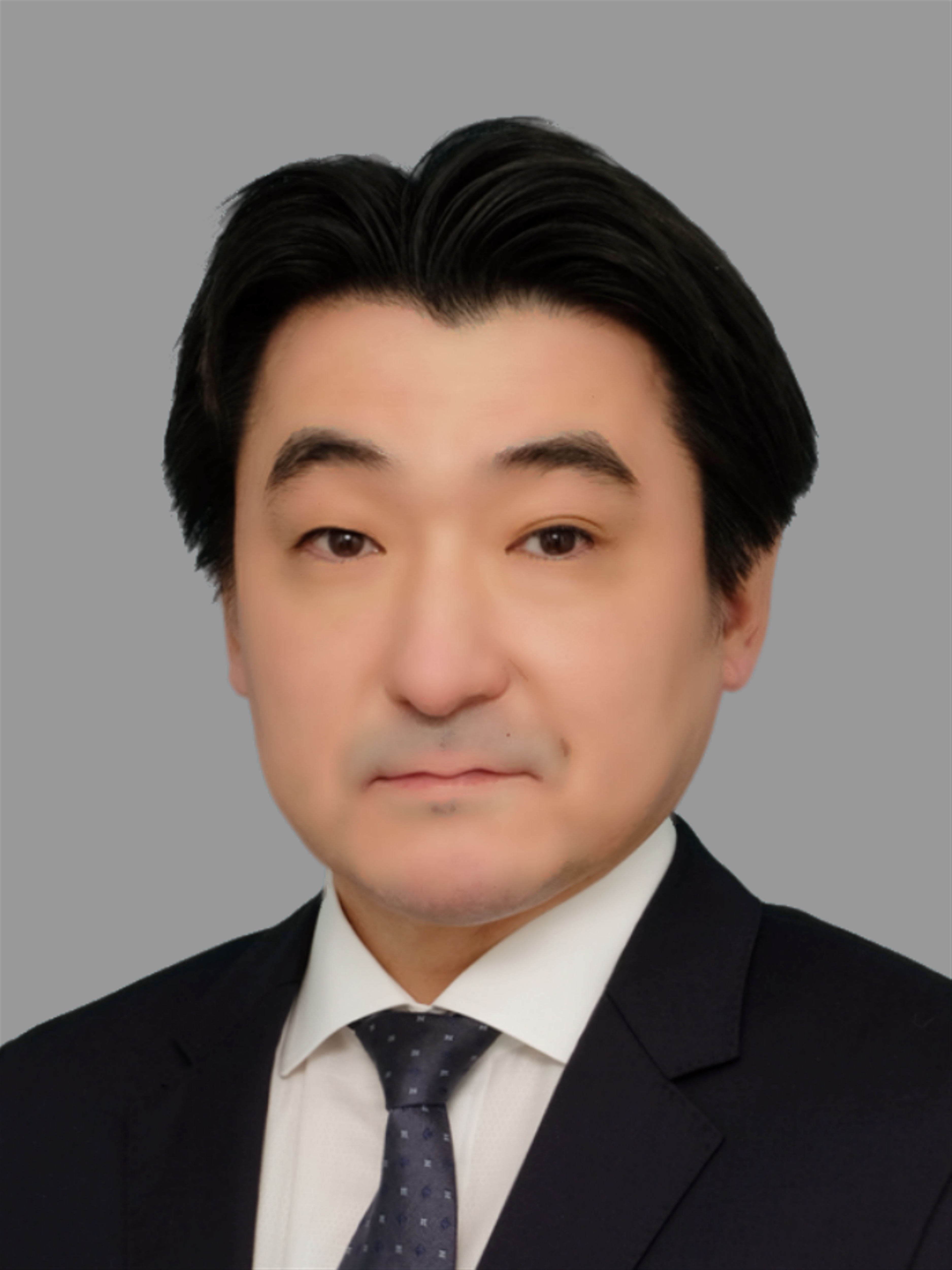|
13:30
15:00
|
Partial Nephrectomy Workshop
-
Henry HoSingapore
Speaker
Technical Pearls: Wheel-Barrow TechniquesBringing Innovation to PatientRobotic Partial Nephrectomy: Beyond Technique
-
Tanet ThaidumrongThailand
Speaker
Technical Pearls: Retzius SparingTreating SRM in a 65-Year-Old ECOG 1 with Multiple Previous Operations-Is Minimally Invasive Treatment Feasible?
-
Po-Hung LinTaiwan
Speaker
Robotic Prostatectomy Using da Vinci SP SystemIn this semi-live section I will demonstrate the steps of extraperitoneal-approach radical prostatectomy using DAVINCI SP system.How to Make the Best Decision with Systemic Therapy Sequence in Respective of Genetic AnalysisRenal cell carcinoma (RCC) is a biologically heterogeneous disease driven by a limited set of convergent pathways that together shape oncogenesis, immune evasion, and therapeutic response. Across clear-cell RCC (ccRCC), recurrent alterations include VHL, PBRM1, BAP1, and SETD2, mapping onto five dominant axes: hypoxia signaling (VHL–HIF), PI3K/AKT/mTOR, chromatin remodeling, cell-cycle control, and metabolic rewiring. These lesions variably interact—e.g., mTORC1 enhances HIF translation—creating therapeutic opportunities (VEGF tyrosine-kinase inhibitors, HIF-2α inhibition, mTOR blockade) and constraints (adaptive resistance via metabolic plasticity). While immune checkpoint inhibitors (ICIs) and ICI–TKI combinations have improved outcomes in metastatic RCC, robust predictive biomarkers remain elusive. Tumor mutational burden is typically low and noninformative; PD-L1 shows assay- and context-dependent utility; PBRM1 and BAP1 are more prognostic than predictive. Emerging signals include angiogenic versus T-effector/myeloid transcriptional signatures, sarcomatoid/rhabdoid histology as a surrogate of immune-inflamed state, and host factors such as HLA genotype and gut microbiome composition. Liquid-biopsy modalities (ctDNA and methylome profiling) and spatial/single-cell atlases reveal intratumoral heterogeneity, T-cell exclusion niches, and myeloid programs (e.g., TREM2⁺ macrophages) linked to recurrence or ICI benefit. Early data support metabolism-targeted strategies (e.g., glutaminase inhibition) and rational combinations co-targeting angiogenesis, hypoxia signaling, and immune checkpoints; however, toxicity management and resistance evolution require prospective, biomarker-integrated trials. A clinical schema that pairs baseline multi-omic and microenvironmental profiling with adaptive surveillance (serial liquid biopsies, functional imaging) can lead to dynamically select among ICI–ICI, ICI–TKI, targeted, and experimental regimens. Robotic Prostatectomy Using da Vinci SP System
-
Toshikazu TakedaJapan
Speaker
Resection/Enucleation techniques and RenorrhaphyRobot-assisted partial nephrectomy is a highly complex surgical procedure aimed at cancer control and preservation of renal function. It involves multiple critical steps, including securing the renal artery, exposing the tumor and determining the surgical margin, clamping the renal artery, tumor excision, suturing the tumor bed, unclamping the renal artery, and renorrhaphy. In this presentation, I will focus on tumor excision, renal artery unclamping, and renorrhaphy, and discuss the surgical techniques and key considerations associated with these steps.
-
Henry HoSingapore
Speaker
Technical Pearls: Wheel-Barrow TechniquesBringing Innovation to PatientRobotic Partial Nephrectomy: Beyond Technique
-
TWTC - 2F Conference Room 4
|

